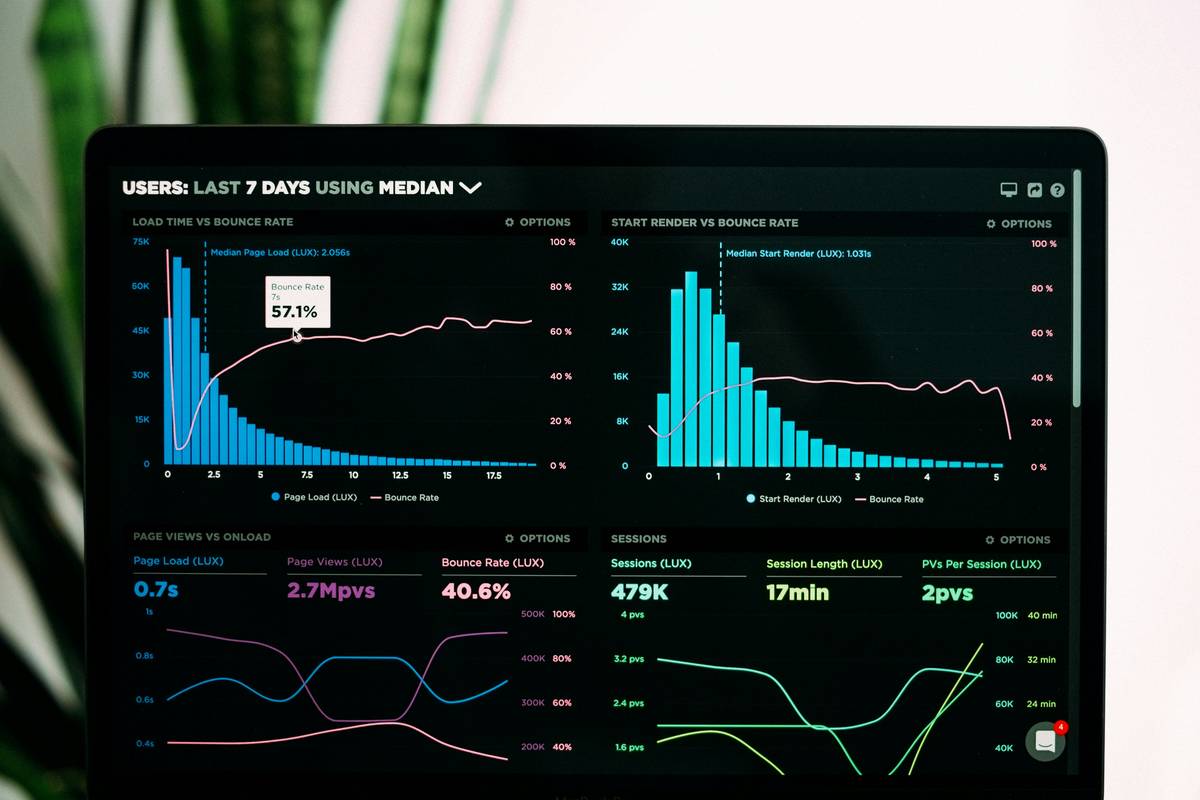Ever wondered why your competitors get all the claps, likes, and shares while your posts sit in the void of social media oblivion? Trust me, you’re not alone. But here’s some good news: with the right tools, you can turn that FOMO into a game plan for domination.
In this post, we’re diving deep into social media competitor analysis tools, uncovering how they work, why they matter, and which ones are worth your time (and budget). By the end, you’ll know exactly how to spy on your rivals—ethically, of course—and use their strategies against them. Let’s dig in!
Table of Contents
- Why You Need Social Media Competitor Analysis Tools
- Step-by-Step Guide to Using These Tools
- Tips & Best Practices for Effective Analysis
- Real-World Examples of Success
- Frequently Asked Questions
Key Takeaways
- Competitor analysis helps identify gaps and opportunities in your strategy.
- Top tools include Sprout Social, Hootsuite Analytics, and BuzzSumo.
- Monitoring engagement metrics is critical to understanding audience behavior.
- Don’t copy competitors blindly; adapt strategies to fit your brand voice.
Why Every Social Media Manager Needs Competitor Analysis Tools
Let me start by confessing something embarrassing. A few years ago, I decided to outsmart my biggest competitor by posting more frequently. I mean, how could it fail? Spoiler alert: it failed spectacularly. My over-posting flooded followers’ feeds, annoying them instead of impressing them. Engagement plummeted faster than a Wi-Fi signal during a power outage.
This taught me an important lesson: intuition won’t cut it in social media management. You need data-driven insights, and that’s where social media competitor analysis tools come in handy.
The Grumpy Optimist Dialogue:
Optimist You: “These tools will show us everything our competitors are doing wrong!”
Grumpy You: “Yeah, unless coffee runs dry first…”

According to recent studies, companies leveraging competitive analysis grow their market share by up to 20% annually. If you’re not analyzing your competitors, you’re basically giving away free wins.
Step-by-Step Guide to Using Social Media Competitor Analysis Tools
Step 1: Identify Your Competitors
Start simple. Who else is targeting your audience? List direct competitors (same niche) and indirect ones (different approach but same goals).
Step 2: Choose the Right Tool
Not every tool does everything well. Consider these top options:
- Sprout Social: Tracks performance metrics and provides sentiment analysis.
- Hootsuite Analytics: Offers customizable dashboards for real-time tracking.
- BuzzSumo: Excels at identifying trending content within specific niches.
Step 3: Analyze Key Metrics
Focus on:
- Engagement rate
- Content types (videos vs. images)
- Peak posting times
Step 4: Adapt and Implement Findings
Take what works from competitors and tweak it based on your unique branding. For example, if videos perform better for them, experiment with short-form video formats like Reels or TikTok.
Tips & Best Practices for Conducting Competitor Analysis
Tip #1: Avoid Copycat Syndrome
Just because something works for someone doesn’t mean it’ll work for you. Always test new ideas before committing fully.
Tip #2: Embrace Automation
Use scheduling features in tools like Buffer or Later to save time once you’ve identified optimal posting windows.
Tip #3: Leverage Sentiment Data
Paying attention to comments and reactions reveals whether audiences love or loathe certain topics.
A Terrible Tip:
Here’s one thing NOT to do: create fake accounts just to follow your competitors. It reeks of desperation and may even violate platform terms of service.
Rant Section:
Can we talk about influencers who buy fake followers? It’s infuriating. Algorithms pick up superficial growth, making honest creators look bad. Use tools like SparkToro to check follower authenticity—it’s crucial!
Real-World Examples of Social Media Competitor Analysis in Action
Take Glossier, for instance. They noticed rival skincare brands gaining traction through user-generated content campaigns. Instead of replicating directly, Glossier launched its own campaign focusing on authentic customer reviews. The result? Millions in revenue and loyal fans raving about their products.

Another great example comes from Wendy’s Twitter account. Known for witty banter, Wendy’s analyzed Burger King and McDonald’s accounts to identify gaps in humor-centric engagement. Their bold moves paid off, earning massive visibility without breaking the bank.
FAQs About Social Media Competitor Analysis Tools
Q: Can small businesses afford premium competitor analysis tools?
Absolutely. Many offer tiered pricing plans starting as low as $19/month. Plus, free trials let you explore functionalities upfront.
Q: Which metrics should I prioritize when analyzing competitors?
Focus on engagement rates, follower growth trends, and content virality potential above vanity metrics like total followers.
Q: How often should I perform competitor analyses?
Aim for quarterly reviews to stay updated with evolving algorithms and consumer behaviors.
Conclusion
You’ve now got the blueprint for leveraging social media competitor analysis tools effectively. Remember, success isn’t about copying others—it’s about learning from their mistakes and adapting their strengths to suit your style.
So grab a cup of coffee (trust grumpy me—it’s essential), fire up those tools, and start turning competition into collaboration fuel.
Like a Tamagotchi, your social media strategy needs daily care—but hey, at least there’s no poop-cleaning involved.


